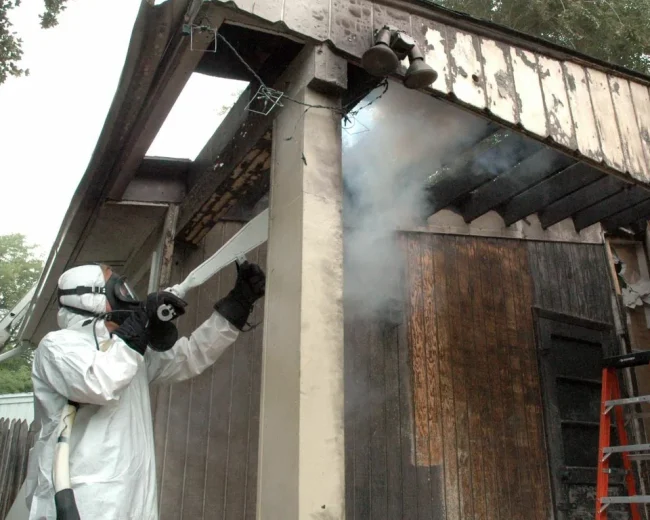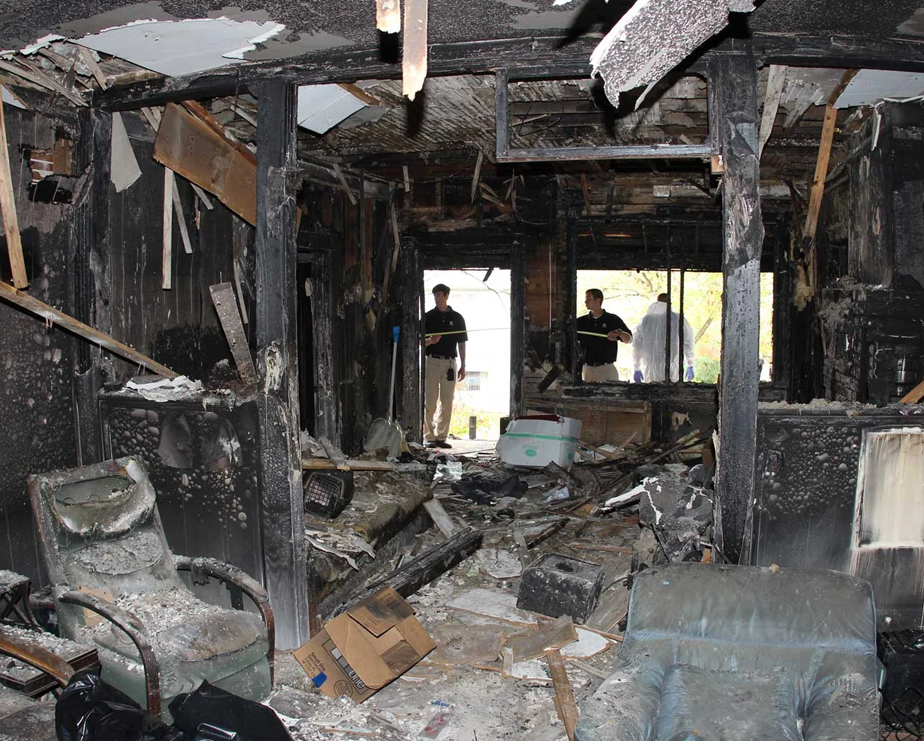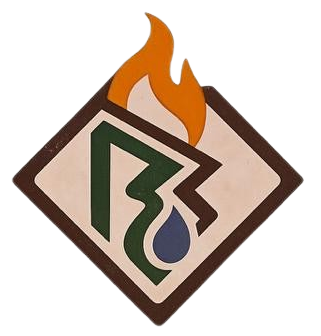How to Clean Smoke Damage on Walls and Ceilings
When fire or smoke affects a property, the aftermath often leaves behind stubborn stains, odours, and soot deposits on walls and ceilings. These issues are not only unsightly but can also impact the health and safety of your home. Learning how to clean smoke damage on walls and ceilings is essential for restoring your property. Still, in many cases, professional smoke damage restoration services are the safest and most effective option.
Assessing the Extent of Smoke Damage
Before starting the cleaning process, inspect the walls and ceilings carefully. Look for black soot deposits, yellowing from cigarette smoke, or grey patches caused by smoke from a fire. In severe cases, professional smoke damage restoration may be necessary. For mild to moderate cases, you can attempt DIY cleaning with the right products. Smoke damage goes beyond surface stains. After a fire or heavy smoke exposure, walls and ceilings absorb soot, ash, and harmful chemicals. These particles can cling to paint, plaster, and textured surfaces, leaving permanent discolouration if not treated properly.
There are two main forms of smoke damage:
Dry smoke damage: caused by high-temperature fires, leaving fine, powdery soot that spreads easily.
Wet smoke damage: produced by smouldering fires, leaving sticky, greasy residue that smears when cleaned.
Both types require careful handling and specialised cleaning techniques.
What Will Clean Smoke off Walls?
The first step in cleaning smoke damage is choosing the right products. Mild stains can often be removed with warm water and soap, but heavier contamination requires stronger smoke damage cleaning products. Trisodium phosphate (TSP) is a common choice because it cuts through soot effectively, though safer alternatives like vinegar-based solutions are also available. If you are unsure which product to use, consulting a smoke damage restoration expert ensures that the right methods are applied without damaging your walls.
How to Clean Smoke Damage on Walls
Cleaning walls after smoke exposure requires a step-by-step process:
- Ventilate the area: Open windows and run fans to help clear lingering odours.
- Dry clean first: Use a chemical sponge (dry soot sponge) to remove loose particles before adding moisture.
- Apply a cleaning solution: Mix warm water, a small amount of dish soap, and TSP or a commercial smoke cleaner.
- Scrub carefully: Work in sections, scrubbing from bottom to top to prevent streaking.
- Rinse and dry: Wipe with clean water and dry thoroughly to prevent new stains.
This approach works for mild to moderate staining, but extensive damage often requires repainting or restoration.
How to Clean Smoke Damage from Ceilings
Ceilings are more difficult to restore because soot rises and settles above eye level. Start with protective gear, gloves, a mask, and goggles, before attempting cleaning. Use a dry sponge to lift surface soot, then apply your cleaning solution with a sponge mop or cloth.
Textured ceilings, such as popcorn or stucco, are particularly challenging. Excess moisture can damage the texture, so sometimes the only solution is sealing and repainting. This is where professional smoke damage ceiling restoration becomes necessary.
How to Clean Fire Smoke Damage on Walls and Ceilings
Fire smoke contains oily compounds that cling tightly to surfaces. To remove these stains:
- Begin with dry sponging to prevent smearing.
- Follow with a stronger cleaning agent like TSP mixed with warm water.
- Scrub carefully, rinse often, and allow surfaces to dry.
- Apply an odour-sealing primer before repainting to prevent stains from resurfacing.
While this process can help, heavy fire smoke damage often goes beyond DIY cleaning. In these cases, professional fire and smoke damage restoration services can restore your property more effectively.
What to Throw Away After Smoke Damage


Not everything exposed to smoke can be saved. Knowing what to throw away after smoke damage is crucial to avoid health risks.
- Food and beverages exposed to smoke or high heat must be discarded.
- Porous materials like mattresses, insulation, and carpets often cannot be salvaged.
- Cosmetics, medicines, and plastics contaminated with smoke should be thrown away.
- Clothing and linens with heavy smoke contamination may also need replacing.
On the other hand, non-porous surfaces such as metal, glass, and ceramics can usually be cleaned and reused.
Smoke Damage Cleaning Cost
Many homeowners wonder about the smoke damage cleaning cost. Prices vary depending on the severity of the damage and the size of the affected area.
- Light soot cleanup: $200–$500
- Moderate smoke damage: $500–$1,500
- Extensive fire restoration: $3,000+
Although DIY methods may seem cheaper, improper cleaning can leave behind odours and health hazards, costing more in the long run. Hiring a professional smoke damage restoration company ensures a thorough job and long-term protection.
Health Risks of Smoke Damage
Smoke residue is more than a cosmetic issue—it can pose serious health risks. Soot and chemical particles may irritate the lungs, trigger allergies, and even cause long-term respiratory problems. Living in a home with untreated smoke damage can be unsafe, especially for children, elderly residents, and anyone with asthma.
This is why smoke contamination after fire must be dealt with promptly by experts. Professional restoration not only cleans stains but also removes lingering odours and toxins from the air.
Final Thoughts
Understanding how to clean smoke damage on walls and ceilings is important for homeowners, but DIY methods are often limited. Light stains can sometimes be removed with the right cleaning products, but extensive damage requires professional restoration.
If your home has been affected by fire or smoke, don’t risk incomplete cleaning or long-term health problems. Trust the professionals at Rock Bottom Restoration for expert smoke damage restoration services. Their team uses advanced techniques to clean soot, eliminate odours, and restore walls and ceilings safely and efficiently.
FAQs About Cleaning Smoke Damage on Walls and Ceilings
Start with a dry chemical sponge to lift loose soot without smearing. Then, apply a cleaning solution such as trisodium phosphate (TSP) mixed with warm water. Gently scrub in sections, rinse with clean water, and dry the area thoroughly.
Light smoke stains can often be cleaned, but heavy fire smoke may seep into paint, plaster, or textured surfaces. In such cases, professional smoke damage restoration is required to clean, seal, and sometimes repaint affected areas.
Costs vary based on severity. Small jobs may cost between $200–$500, moderate damage $500–$1,500, and severe fire and smoke damage restoration can exceed $3,000. Professional services ensure deeper cleaning and long-term odour removal.
No. Smoke contains harmful chemicals that can irritate the lungs, trigger allergies, and cause long-term health problems. Professional cleaning is essential to remove toxins and restore healthy indoor air quality.
If smoke has affected multiple rooms, if odours linger after cleaning, or if soot keeps reappearing, it’s time to call professionals. Restoration experts use advanced equipment to eliminate odours, clean hidden soot, and restore walls and ceilings safely.
